Home>Storage & Organization>Kitchen Organizing Tools>How To Get An Outdoor Cat To Use A Litter Box
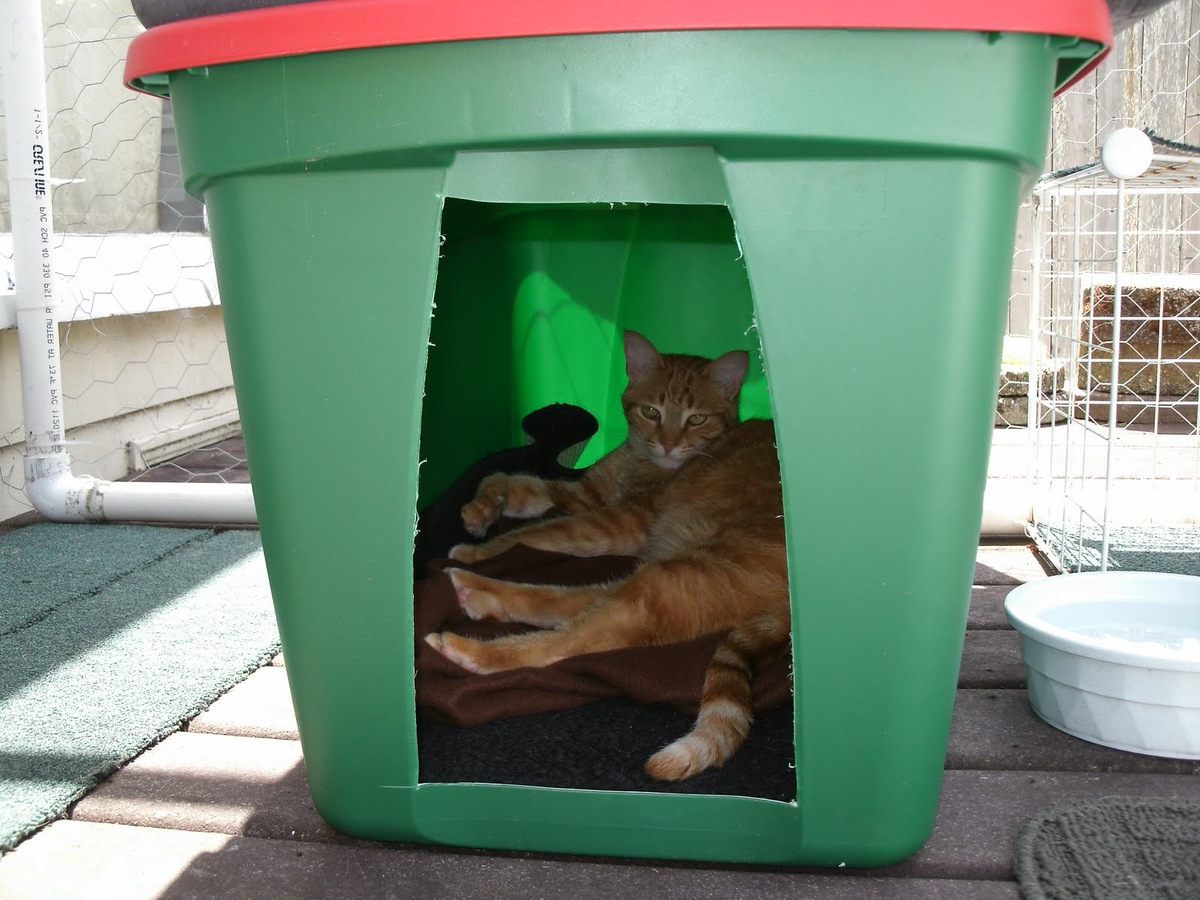

Kitchen Organizing Tools
How To Get An Outdoor Cat To Use A Litter Box
Modified: February 26, 2024
Discover effective tips and tricks for getting your outdoor cat to use a litter box. Find the best kitchen organizing tools to make the transition easier.
(Many of the links in this article redirect to a specific reviewed product. Your purchase of these products through affiliate links helps to generate commission for Storables.com, at no extra cost. Learn more)
Introduction
Bringing an outdoor cat indoors or transitioning an outdoor cat to use a litter box can be a challenging task for many pet owners. However, with the right approach and understanding of feline behavior, it is possible to successfully train your outdoor cat to use a litter box. This process requires patience, consistency, and a deep understanding of your cat's instincts and preferences.
As a responsible pet owner, it's essential to provide a safe and comfortable environment for your outdoor cat, especially if you're considering bringing them indoors. By introducing a litter box, you can help your cat adapt to a new way of relieving themselves while ensuring a clean and hygienic living space for both your pet and your family.
Understanding the unique needs and behaviors of outdoor cats is crucial in this process. Unlike indoor cats that are accustomed to using a litter box from a young age, outdoor cats may have developed strong preferences for eliminating in outdoor spaces. This can be attributed to their natural instincts and the freedom they enjoy in the outdoors. Therefore, transitioning them to use a litter box requires a thoughtful and patient approach.
In this comprehensive guide, we will delve into the various aspects of training an outdoor cat to use a litter box. From understanding your cat's behavior to choosing the right litter box and implementing effective training techniques, we will provide you with valuable insights and practical tips to facilitate a smooth transition for your outdoor cat. By following these guidelines and remaining dedicated to the training process, you can create a harmonious living environment for both you and your beloved feline companion.
Key Takeaways:
- Outdoor cats have unique instincts and preferences, so transitioning them to use a litter box requires patience and understanding of their behavior and sensory preferences.
- Choosing the right litter box, placing it in the right location, and using positive reinforcement are key to successfully training an outdoor cat to use a litter box.
Read more: How To Get A New Cat To Use A Litter Box
Understanding the Cat's Behavior
Understanding your outdoor cat's behavior is the first step in successfully transitioning them to use a litter box. Outdoor cats have distinct instincts and preferences shaped by their experiences in the natural environment. These instincts often influence their elimination habits and can pose challenges when introducing a litter box. By gaining insight into your cat's behavior, you can tailor your approach to accommodate their natural inclinations and facilitate a smoother transition.
Instinctual Behavior
Outdoor cats are accustomed to eliminating in outdoor spaces, such as gardens, lawns, or other secluded areas. This behavior is deeply rooted in their instincts, as they rely on scent marking and territorial boundaries to communicate with other cats. The outdoor environment offers a range of substrates, such as soil, grass, or gravel, which outdoor cats may prefer over traditional litter.
Territorial Marking
For outdoor cats, marking their territory through urination and defecation is a fundamental aspect of their behavior. This serves as a means of communication with other cats and establishes their presence within a specific area. When transitioning an outdoor cat to use a litter box, it's essential to recognize that they may initially resist this change due to their strong instinct to mark their territory in outdoor settings.
Preference for Outdoor Elimination
The freedom and sensory stimulation of the outdoors often shape an outdoor cat's preferences for elimination. They may have developed a strong affinity for specific outdoor substrates and locations, making it challenging for them to adapt to the confined space and texture of a litter box. Understanding and respecting these preferences is crucial in guiding your outdoor cat through the transition process.
Read more: How To Get Cat To Use A Covered Litter Box
Sensory Preferences
Outdoor cats are attuned to the sensory aspects of their elimination environment. They may be sensitive to the texture, scent, and cleanliness of the substrate they use for elimination. These sensory preferences play a significant role in their willingness to use a litter box and can influence their behavior during the transition period.
By acknowledging and respecting your outdoor cat's natural behavior and instincts, you can approach the transition to a litter box with empathy and understanding. This insight will guide your decisions in selecting the appropriate litter box and implementing effective training techniques tailored to your cat's unique needs and preferences.
Choosing the Right Litter Box
Selecting the right litter box is a crucial step in facilitating the transition of an outdoor cat to indoor elimination. The choice of litter box plays a significant role in creating a comfortable and inviting environment for your cat, ultimately influencing their willingness to use it. When choosing a litter box for your outdoor cat, several factors should be considered to ensure it aligns with their instincts and preferences.
Size and Accessibility
The size of the litter box is an important consideration, especially for outdoor cats accustomed to open spaces. Opt for a spacious litter box that allows your cat to move comfortably and assume their preferred elimination posture. Additionally, consider the accessibility of the litter box, particularly if your cat is older or has mobility issues. A low-entry or open litter box design can make it easier for your cat to enter and exit without feeling confined.
Covered vs. Uncovered Litter Box
Outdoor cats may have a preference for open spaces and natural lighting, making an uncovered litter box a favorable choice. However, some cats may feel more secure and private in a covered litter box. Observing your cat's behavior and reactions can help determine their preference for a covered or uncovered litter box. Additionally, an uncovered litter box allows for better ventilation, reducing odors and maintaining a fresh environment.
Litter Substrate and Texture
Considering your outdoor cat's familiarity with outdoor substrates, such as soil or sand, the choice of litter substrate is crucial. Opt for a litter that mimics the texture and feel of outdoor surfaces, as this can ease the transition process. Natural, clumping litters or those with a finer texture are often preferred by outdoor cats due to their resemblance to outdoor substrates. Experimenting with different litter types can help identify the most appealing option for your cat.
Multiple Litter Boxes
If you have multiple outdoor cats or are transitioning more than one cat to use a litter box, providing multiple litter boxes is essential. Each cat should have access to their own designated litter box to prevent territorial disputes and promote a sense of individual space. Additionally, having multiple litter boxes distributed across different areas of your home can accommodate your cat's natural inclination to mark their territory in various locations.
Location and Privacy
The placement of the litter box is critical in encouraging your outdoor cat to use it consistently. Choose a quiet and easily accessible location, away from high-traffic areas and noisy appliances. Cats value privacy during elimination, so positioning the litter box in a secluded yet accessible area can make it more appealing to your outdoor cat.
By carefully considering these factors and observing your cat's behavior and preferences, you can select a litter box that aligns with their natural instincts and facilitates a successful transition to indoor elimination. The right litter box serves as a pivotal element in creating a comfortable and inviting environment for your outdoor cat, ultimately contributing to a harmonious indoor living arrangement.
Placing the Litter Box in the Right Location
The strategic placement of the litter box is a fundamental aspect of encouraging your outdoor cat to embrace indoor elimination. By selecting the right location for the litter box, you can create an inviting and accessible environment that aligns with your cat's natural instincts and preferences. Consider the following guidelines to ensure the optimal placement of the litter box:
Read more: How To Get My Cat To Use A Litter Box
Accessibility and Privacy
Choose a location that offers a balance of accessibility and privacy for your outdoor cat. While it's important to place the litter box in an easily accessible area, such as a quiet corner or designated space, it should also provide a degree of seclusion. Cats value privacy during elimination, and a secluded location can help them feel secure and comfortable while using the litter box.
Multiple Access Points
If you have a multi-level home, consider providing litter boxes on each floor to accommodate your outdoor cat's movement and territorial preferences. This ensures that the litter box is readily accessible from various areas of the house, reducing the likelihood of your cat seeking alternative elimination spots. Additionally, multiple access points promote convenience for your cat, especially in larger homes.
Avoiding High-Traffic Areas
Placing the litter box in high-traffic areas or near noisy appliances can deter your outdoor cat from using it consistently. Cats prefer quiet and undisturbed environments for elimination, so positioning the litter box away from bustling areas and loud distractions is essential. This creates a serene space where your cat can comfortably engage in their natural elimination behavior.
Natural Lighting and Ventilation
Consider the presence of natural lighting and adequate ventilation in the chosen location for the litter box. Natural light can create a welcoming atmosphere for your cat, while proper ventilation helps maintain a fresh and odor-free environment. These elements contribute to the overall appeal of the litter box and can positively influence your outdoor cat's willingness to use it.
Read more: How To Get Cat To Use A Top Entry Litter Box
Observing Your Cat's Behavior
Observe your outdoor cat's behavior and reactions to different potential locations for the litter box. Pay attention to areas where your cat frequently spends time or exhibits signs of comfort and relaxation. By identifying these preferred spots, you can strategically position the litter box in a location that resonates with your cat's natural inclinations, increasing the likelihood of successful litter box use.
By carefully considering these factors and tailoring the placement of the litter box to your outdoor cat's needs, you can create an inviting and accessible elimination space within your home. The right location for the litter box plays a pivotal role in encouraging your outdoor cat to embrace indoor elimination, ultimately contributing to a harmonious transition to a litter box-based routine.
Training Your Outdoor Cat to Use the Litter Box
Transitioning your outdoor cat to use a litter box involves a gradual and patient training process that takes into account their natural instincts and preferences. By implementing effective training techniques and maintaining a consistent approach, you can guide your cat through this significant behavioral change. Here's a detailed overview of the training process:
Gradual Introduction
Begin by gradually introducing the litter box to your outdoor cat. Place the litter box in a location familiar to your cat, such as an area they frequent for elimination. Allow your cat to explore the litter box at their own pace, initially without any pressure to use it. This gradual introduction helps your cat acclimate to the presence of the litter box and reduces any apprehension or resistance.
Positive Reinforcement
Encourage your outdoor cat to approach and investigate the litter box using positive reinforcement. Offer treats, verbal praise, or gentle petting when your cat shows interest in the litter box or sniffs around it. This positive association helps create a sense of comfort and curiosity, reinforcing the idea that the litter box is a safe and rewarding space.
Observing Behavioral Cues
Observe your cat's behavioral cues and body language to identify signs of readiness to use the litter box. Cats often display specific behaviors, such as scratching the ground or circling an area, before eliminating. When you notice these cues near the litter box, gently guide your cat into the box to encourage them to use it. This gentle redirection reinforces the association between the litter box and the elimination process.
Scent Transfer
To familiarize your outdoor cat with the litter box, transfer scents from outdoor elimination spots to the litter box. Use a clean cloth to collect scent markings from outdoor areas where your cat typically eliminates, and then gently rub the cloth inside the litter box. This scent transfer helps bridge the familiarity between outdoor and indoor elimination spaces, making the litter box more appealing to your cat.
Consistent Encouragement
Consistency is key in training your outdoor cat to use the litter box. Encourage your cat to use the litter box consistently by gently placing them in the box after meals or naps, as these are times when cats are more likely to eliminate. Additionally, provide verbal encouragement and reassurance when your cat uses the litter box, reinforcing positive behavior with praise and affection.
Patience and Understanding
Throughout the training process, exercise patience and understanding as your outdoor cat adapts to the litter box. It's natural for cats to exhibit hesitation or resistance during the transition period. Avoid scolding or forcing your cat to use the litter box, as this can create negative associations and hinder progress. Instead, remain patient and supportive, allowing your cat to adjust at their own pace.
By following these training techniques and maintaining a patient, consistent approach, you can effectively guide your outdoor cat to embrace the use of a litter box. This gradual transition nurtures a positive and comfortable association with the litter box, ultimately leading to successful indoor elimination habits for your beloved outdoor cat.
Read more: How To Get Cats To Share A Litter Box
Tips for Encouraging Litter Box Use
-
Maintain Cleanliness: Regularly clean the litter box to ensure a hygienic and inviting environment for your outdoor cat. Cats are fastidious animals and may avoid a soiled litter box, leading to alternative elimination spots. Scoop the litter daily and replace it entirely on a routine basis to maintain freshness.
-
Provide Multiple Litter Boxes: If you have multiple outdoor cats or a spacious home, offering multiple litter boxes can prevent competition and territorial issues. Each cat should have access to their own designated litter box, reducing the likelihood of reluctance to share and promoting individualized elimination spaces.
-
Monitor Litter Preferences: Observe your cat's response to different litter types and textures. Some outdoor cats may have specific preferences for certain litter substrates, such as clumping or non-clumping varieties. By identifying their preferred litter type, you can cater to their preferences and enhance their willingness to use the litter box.
-
Address Stress and Anxiety: Changes in the environment or household dynamics can induce stress in outdoor cats, affecting their litter box habits. Create a calm and reassuring atmosphere for your cat, offering comforting spaces and minimizing disruptive factors. This can alleviate stress-related aversions to the litter box.
-
Reward Positive Behavior: Use treats, verbal praise, or interactive play as positive reinforcement when your outdoor cat uses the litter box. This rewards desirable behavior and reinforces the association between the litter box and a positive experience, encouraging consistent litter box use.
-
Seek Veterinary Guidance: If your outdoor cat exhibits persistent reluctance to use the litter box despite consistent training efforts, consult a veterinarian. Underlying health issues or behavioral concerns may contribute to their resistance, and professional guidance can help address these challenges effectively.
-
Maintain Outdoor Access: If feasible, provide supervised outdoor access for your cat to accommodate their natural instincts. This can serve as a transitional phase, allowing them to engage in outdoor exploration while gradually adapting to indoor elimination. Over time, they may become more receptive to using the litter box.
-
Utilize Attractants: Consider using natural attractants, such as catnip or pheromone-based products, near the litter box to pique your cat's interest. These attractants can create a positive association with the litter box, making it a more appealing and enticing space for your outdoor cat.
By implementing these tips and tailoring your approach to your outdoor cat's individual preferences and behaviors, you can effectively encourage consistent litter box use and facilitate a successful transition to indoor elimination. Each cat is unique, so patience, observation, and adaptability are key in promoting a harmonious and comfortable litter box routine for your beloved outdoor cat.
Conclusion
In conclusion, transitioning an outdoor cat to use a litter box involves a thoughtful and patient approach that takes into account the cat's natural instincts and preferences. Understanding the unique behaviors and inclinations of outdoor cats is essential in guiding them through this significant behavioral change. By acknowledging their instinctual need for outdoor elimination and respecting their sensory preferences, pet owners can tailor the transition process to create a comfortable and inviting indoor environment for their beloved feline companions.
Choosing the right litter box is a pivotal step in this process, as it sets the foundation for a successful transition. Considering factors such as size, accessibility, litter substrate, and location can significantly influence the cat's willingness to use the litter box. By selecting a litter box that aligns with the cat's natural inclinations and providing multiple boxes in suitable locations, pet owners can create an environment that encourages consistent litter box use.
Strategic placement of the litter box further enhances the likelihood of successful indoor elimination. By offering accessible yet secluded locations, observing the cat's behavioral cues, and providing natural lighting and ventilation, pet owners can create an inviting space that resonates with the cat's instincts and preferences.
The training process plays a crucial role in guiding outdoor cats to embrace the use of a litter box. Gradual introduction, positive reinforcement, scent transfer, and consistent encouragement are key elements in facilitating a smooth transition. Patience, understanding, and a keen observation of the cat's reactions are essential in nurturing a positive association with the litter box.
Furthermore, implementing practical tips, such as maintaining cleanliness, providing multiple litter boxes, and addressing stress and anxiety, can further support the cat's transition to indoor elimination. By tailoring the approach to the cat's individual preferences and behaviors, pet owners can create a harmonious and comfortable litter box routine for their outdoor cats.
In essence, transitioning an outdoor cat to use a litter box requires empathy, patience, and a deep understanding of feline behavior. By incorporating these elements into the training process and creating an environment that respects the cat's natural instincts, pet owners can successfully guide their outdoor cats through this significant behavioral change, ultimately fostering a harmonious indoor living arrangement for both the cats and their human companions.
Frequently Asked Questions about How To Get An Outdoor Cat To Use A Litter Box
Was this page helpful?
At Storables.com, we guarantee accurate and reliable information. Our content, validated by Expert Board Contributors, is crafted following stringent Editorial Policies. We're committed to providing you with well-researched, expert-backed insights for all your informational needs.
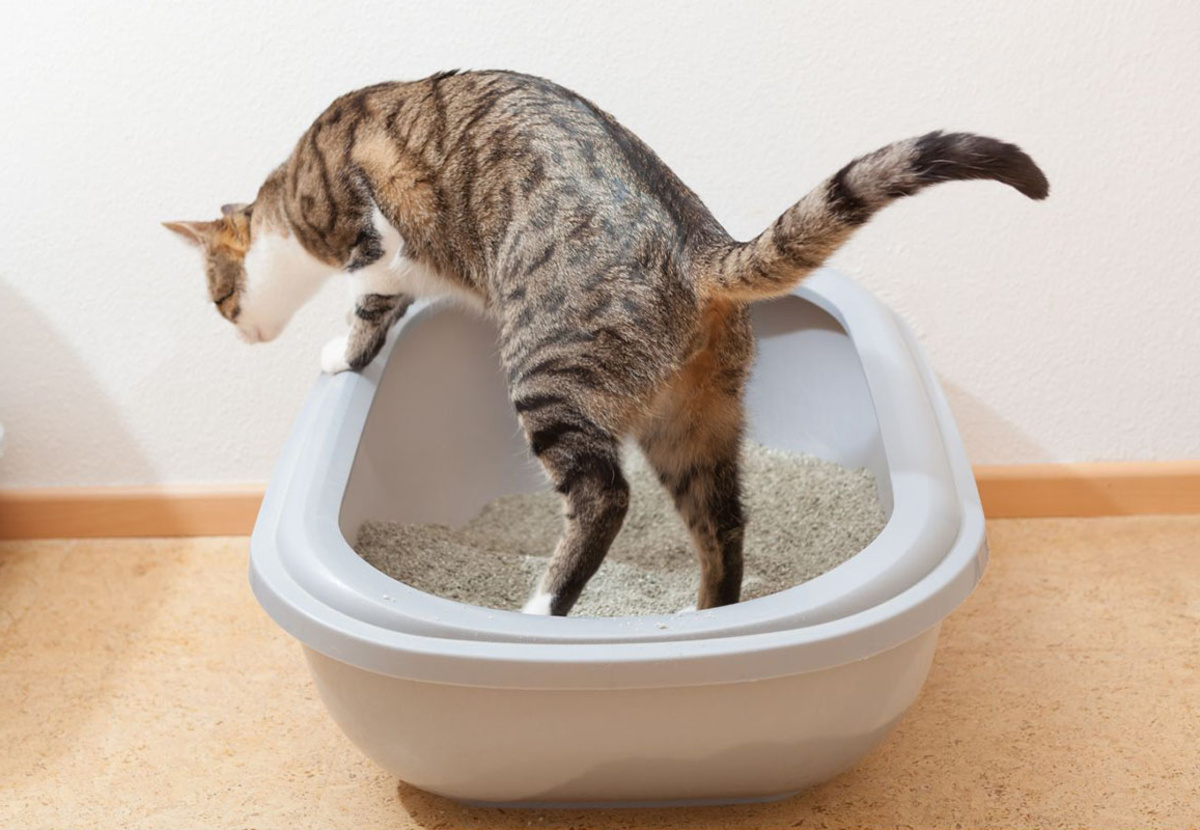
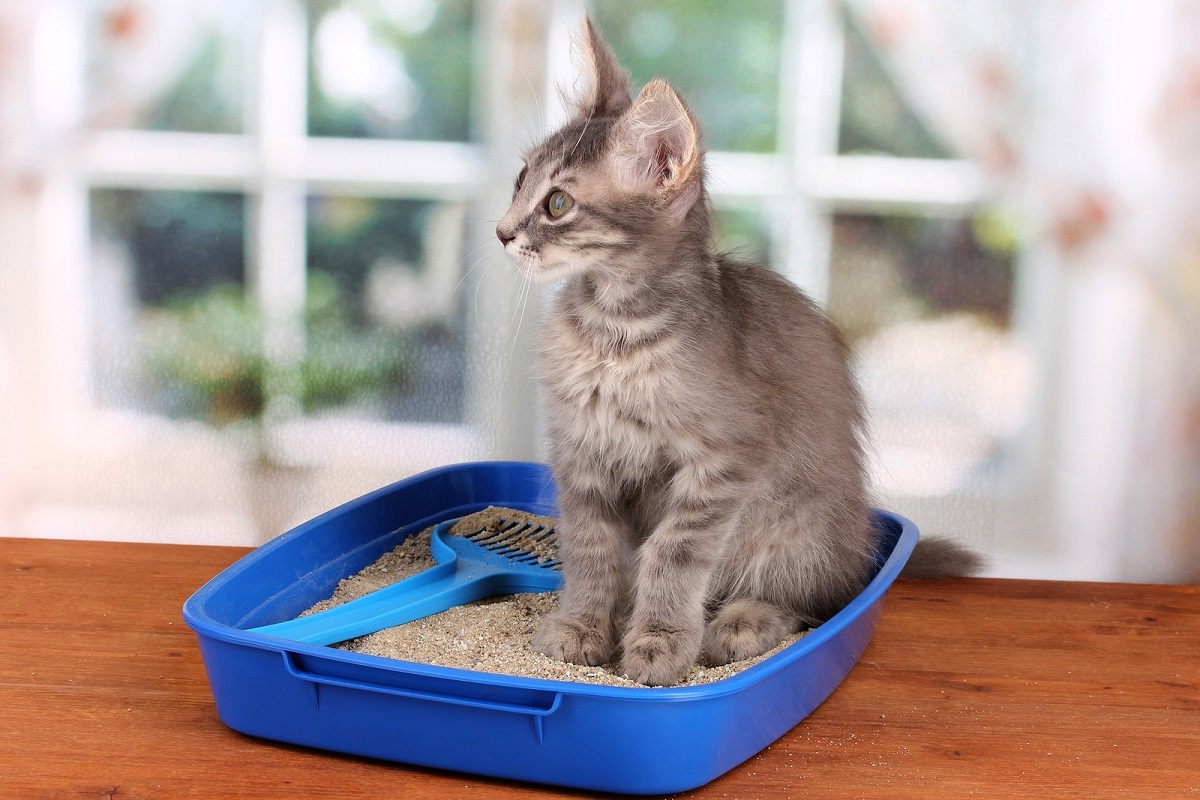
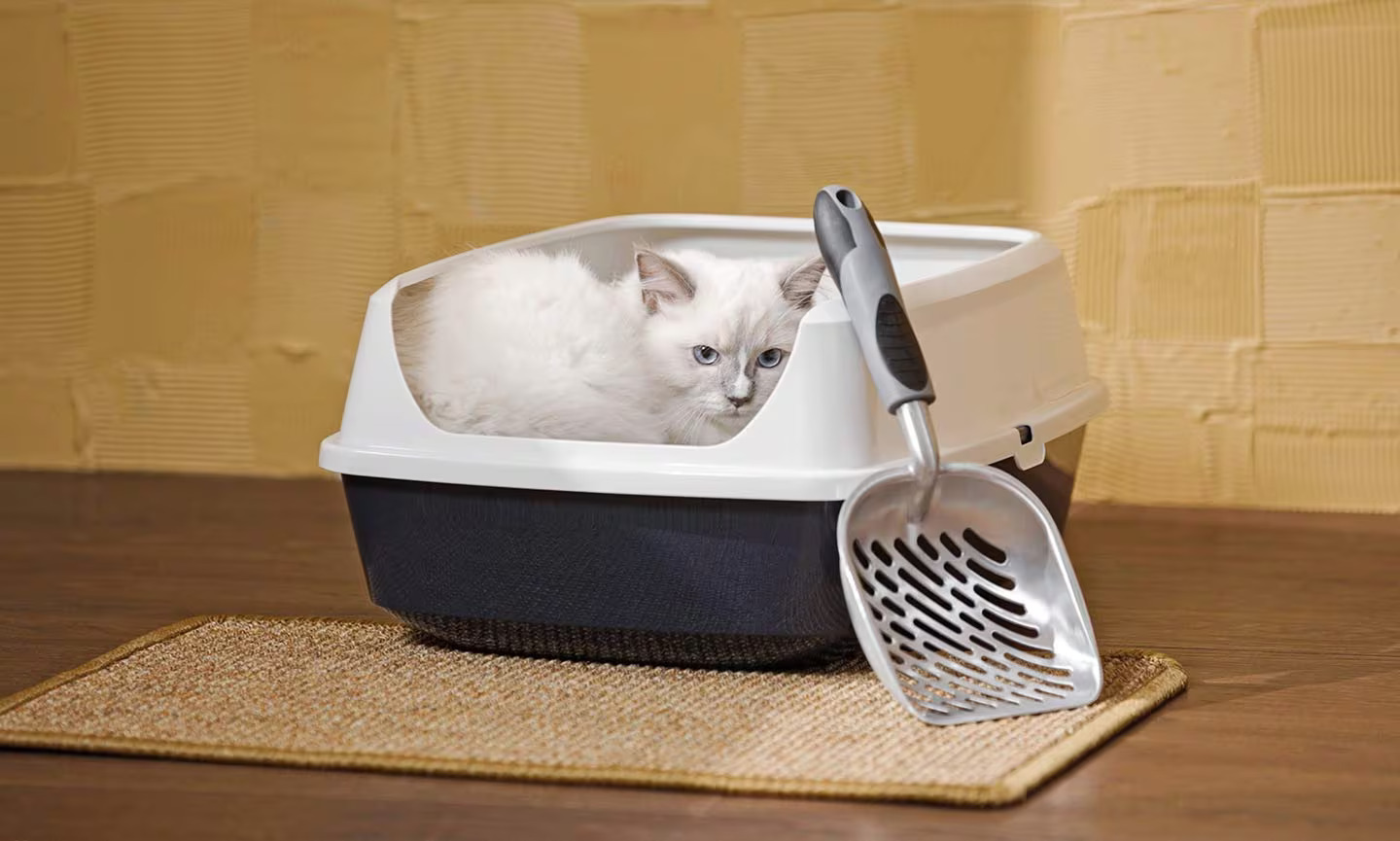
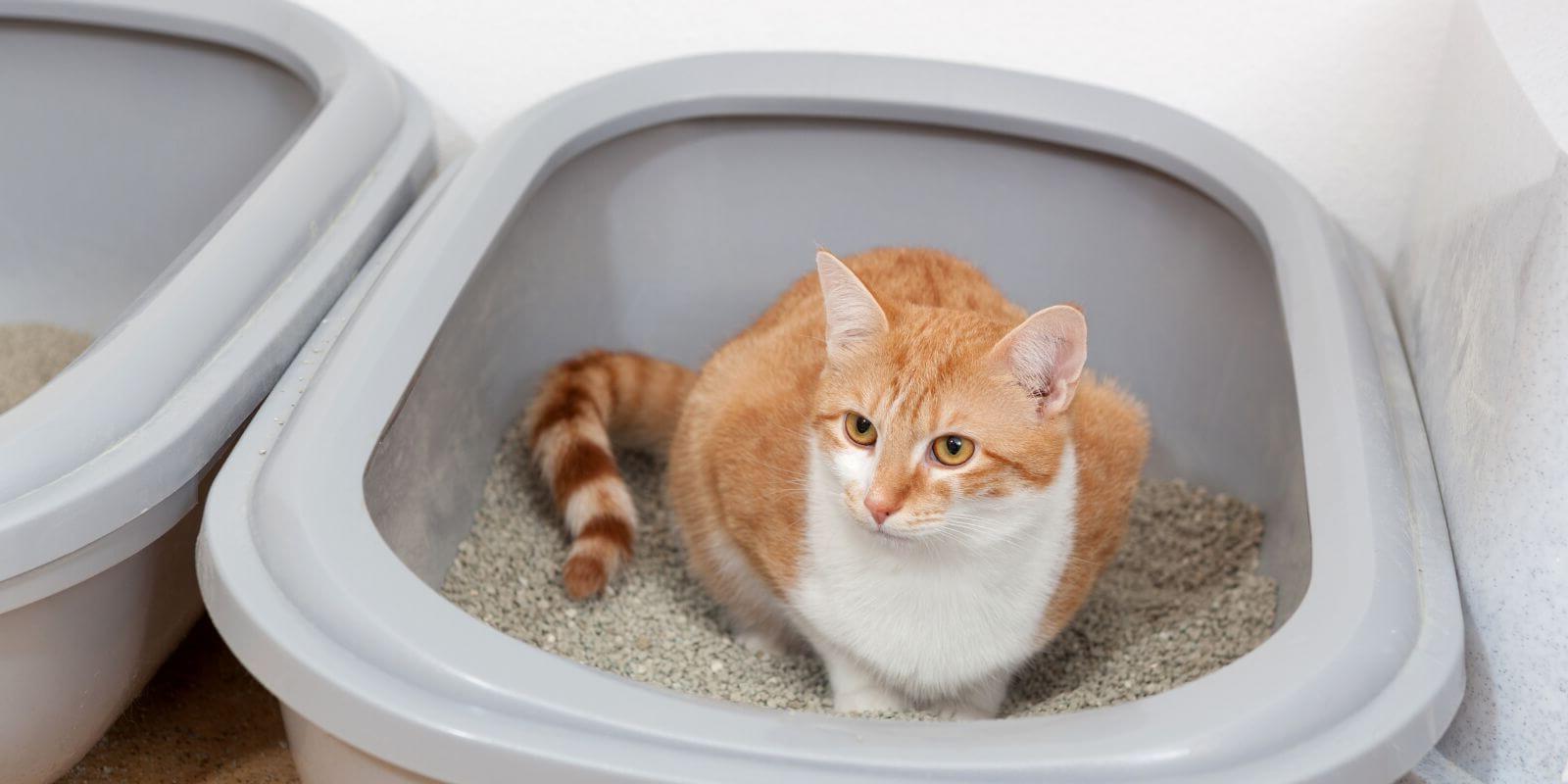
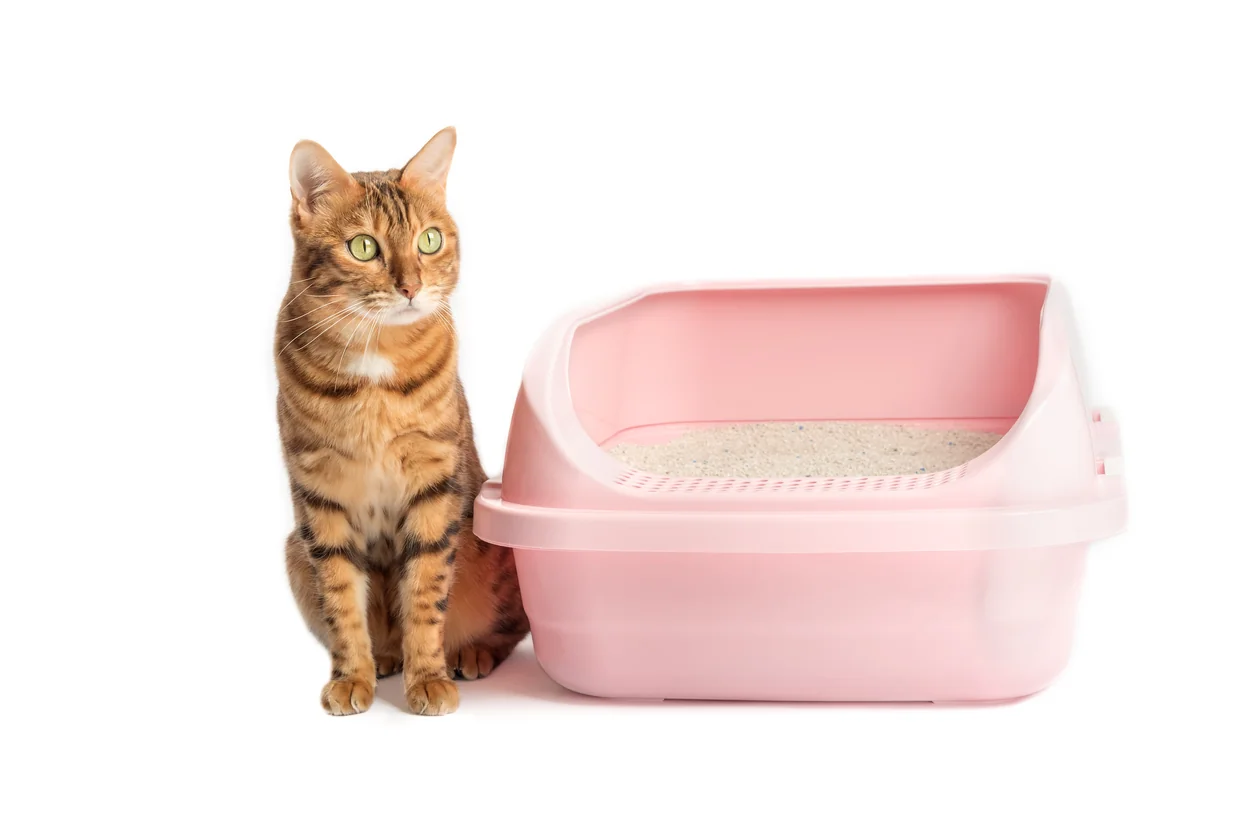
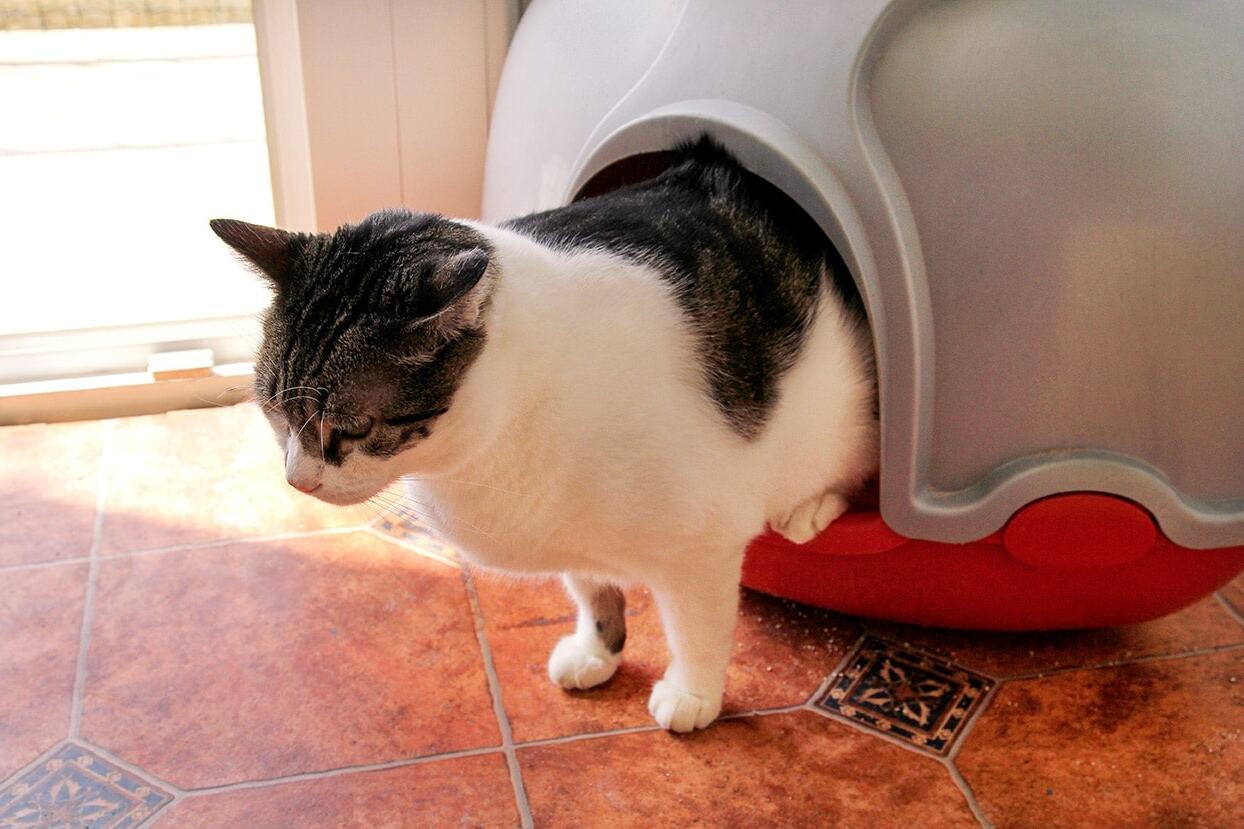
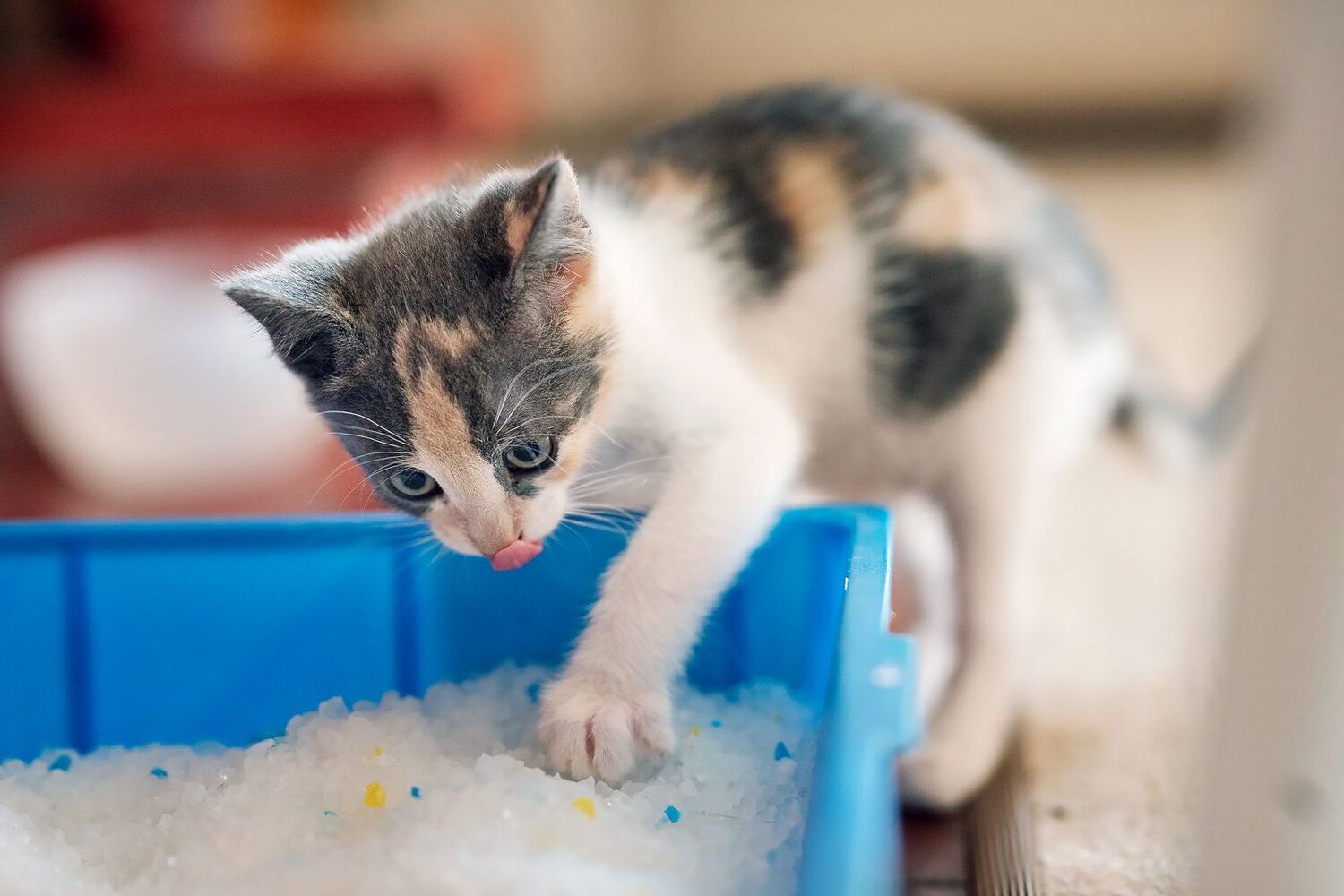
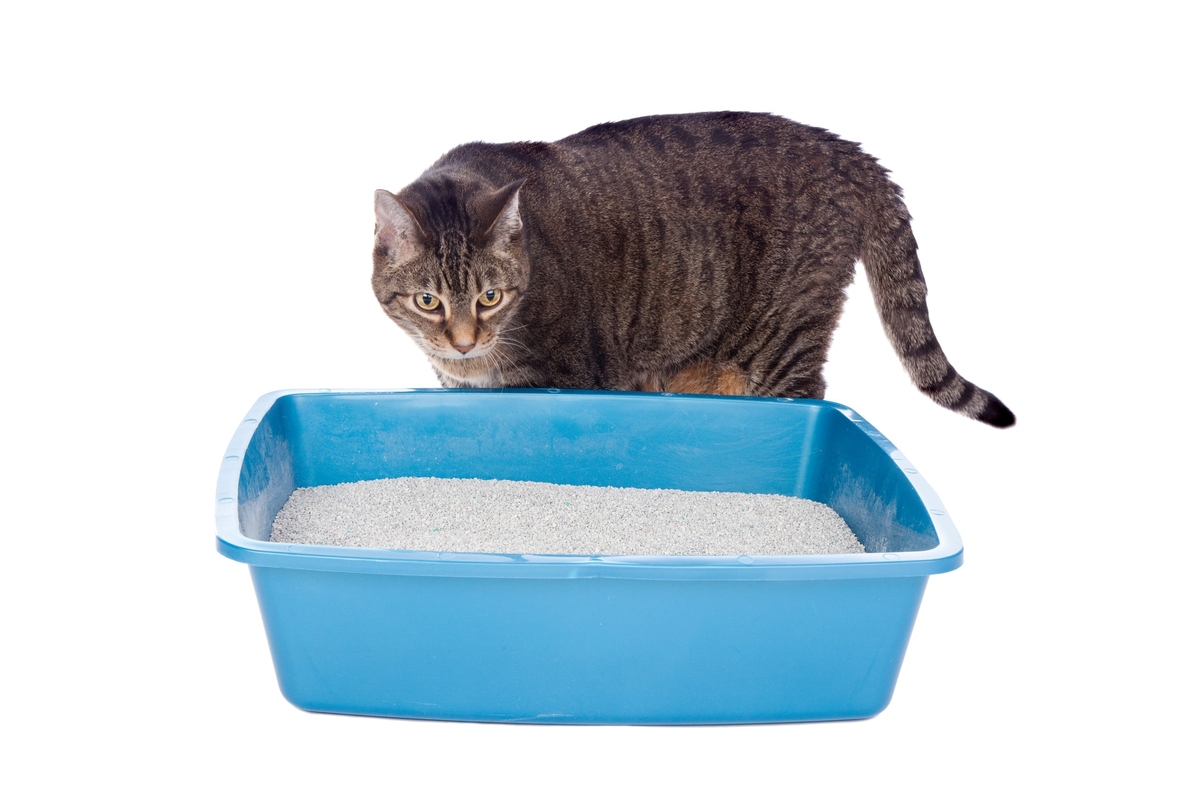
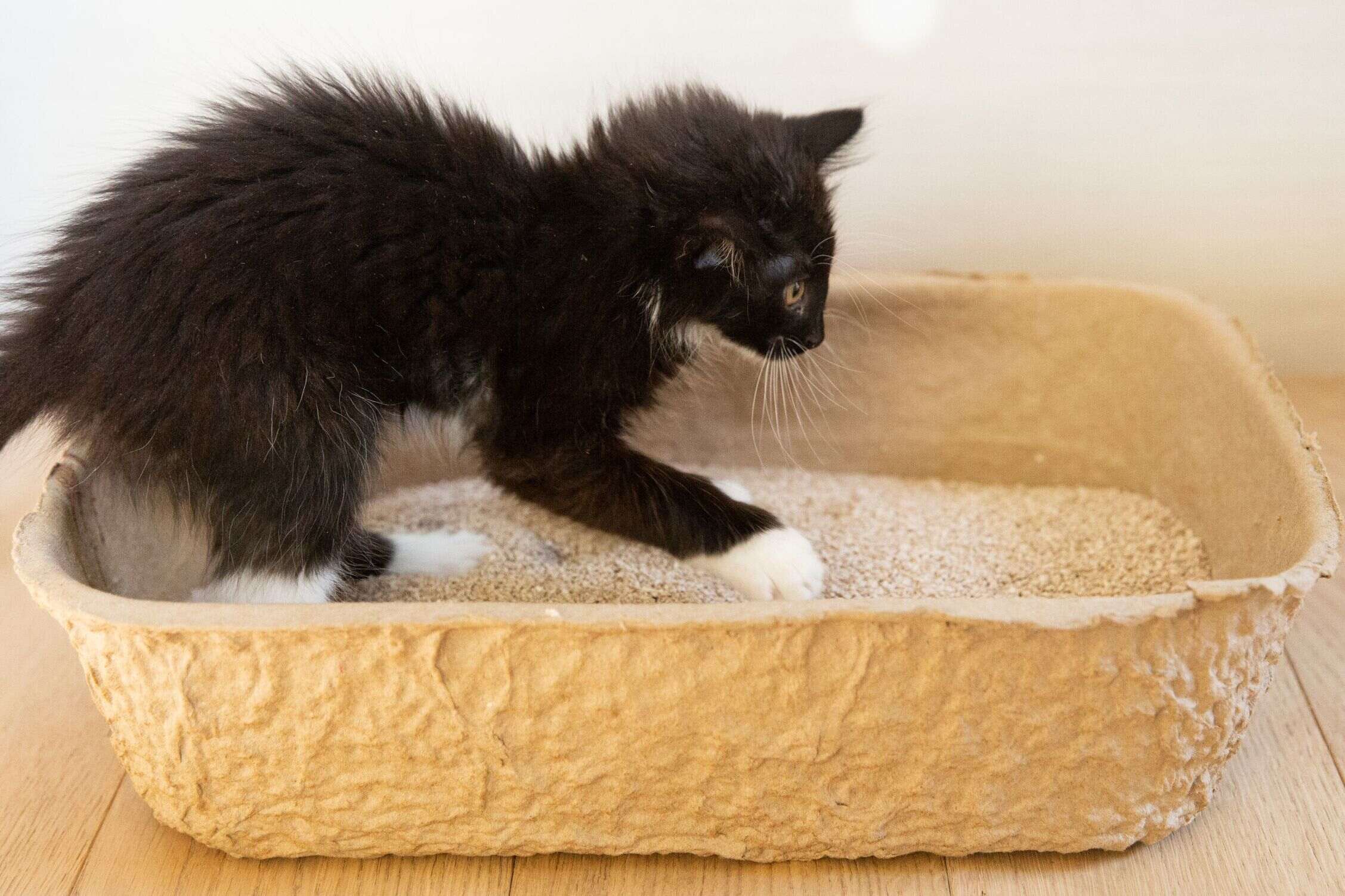

0 thoughts on “How To Get An Outdoor Cat To Use A Litter Box”